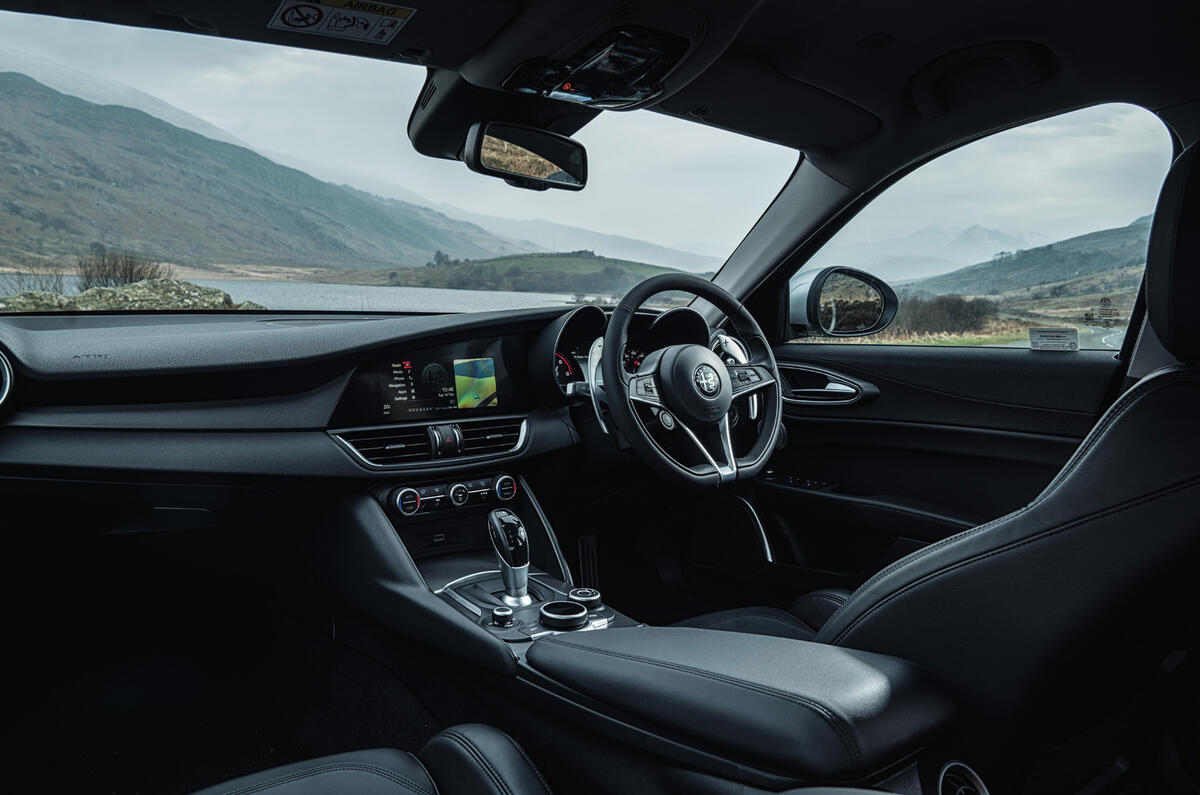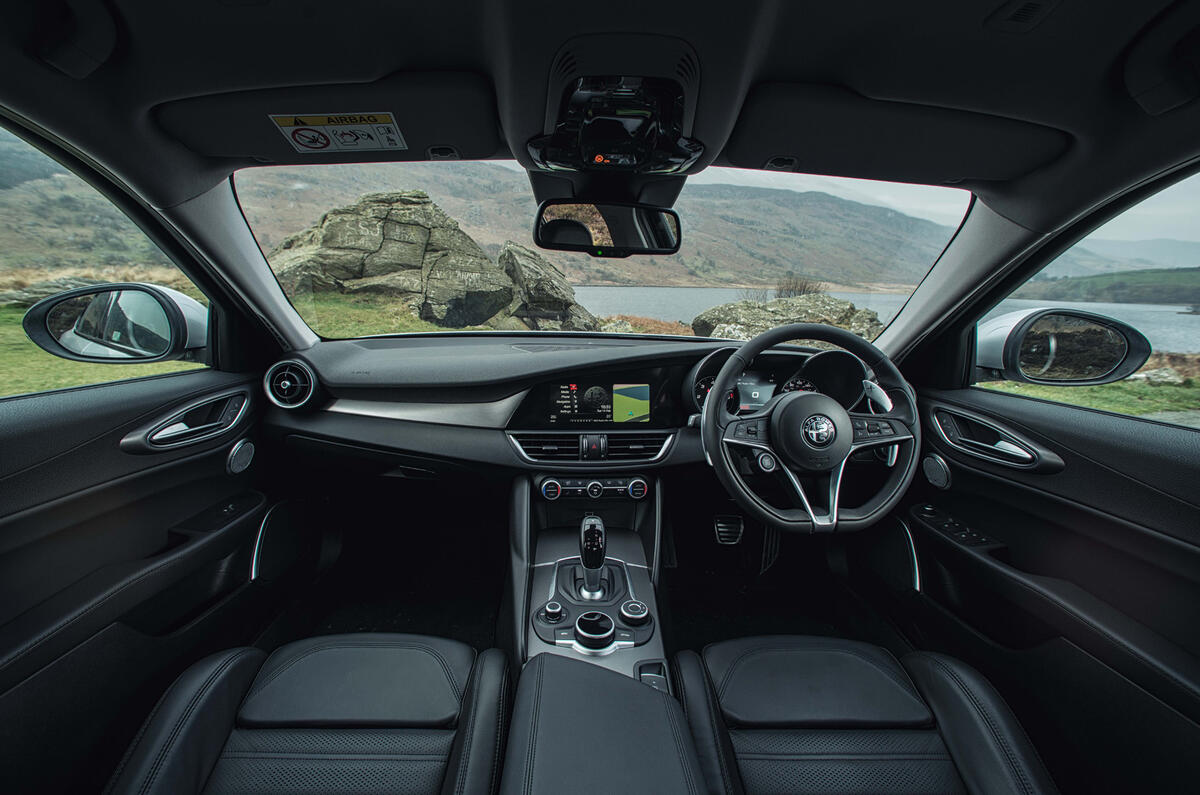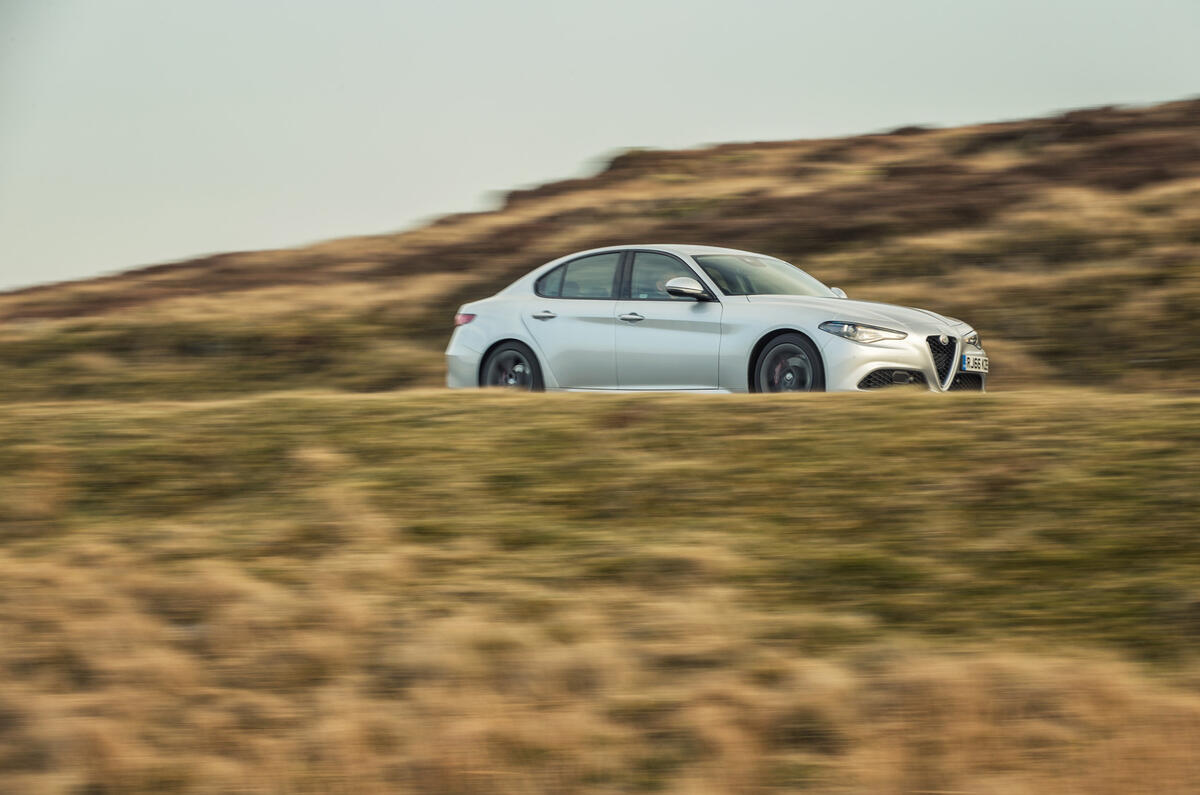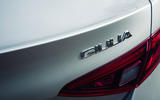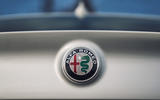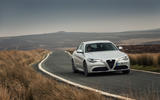The long awaited return of Alfa Romeo to the saloon segment has finally come, as has the use of the Alfa Romeo Guilia name.
In the mean time the landscape has changed somewhat since the 159 and 166 last graced the roads, with BMW, Audi and Mercedes-Benz all reaffirming their position at the head of the premium table with new iterations of the BMW 3 Series, Audi A4 and Mercedes C-Class. This period of absence also saw Jaguar dip its toe in the market and shake up the top order with the dynamic XE, while other manufacturers have pushed to join this table chiefly in the shape of Volkswagen and Ford, but the lack of Italian flair was becoming ever more noticeable.
Understanding what makes Giulia
The Giulia comes in two flavours, the sensible standard compact exec and the febrile 503bhp Quadrifoglio, or Cloverleaf. For some bizarre reason the UK will only get these Alfa Romeos paired with an eight-speed automatic gearbox, while Europe gets a smooth and rather deliciously slick six-speed manual 'box.
As for the engine range there are two diesels and three petrols to choose from, with the diesel range consisting on one 2.2-litre all-aluminium engine in two outputs - 148bhp and 178bhp - both of which produce a fleet-friendly 109g/km and claim to do 63.8mpg. As for petrol engines the Giulia can be had with a 2.0-litre engine in 197bhp or 277bhp forms with the latter only available in Veloce trim, while topping the range is the Quadrifoglio with its Ferrari-derived 2.9-litre Biturbo V6.









